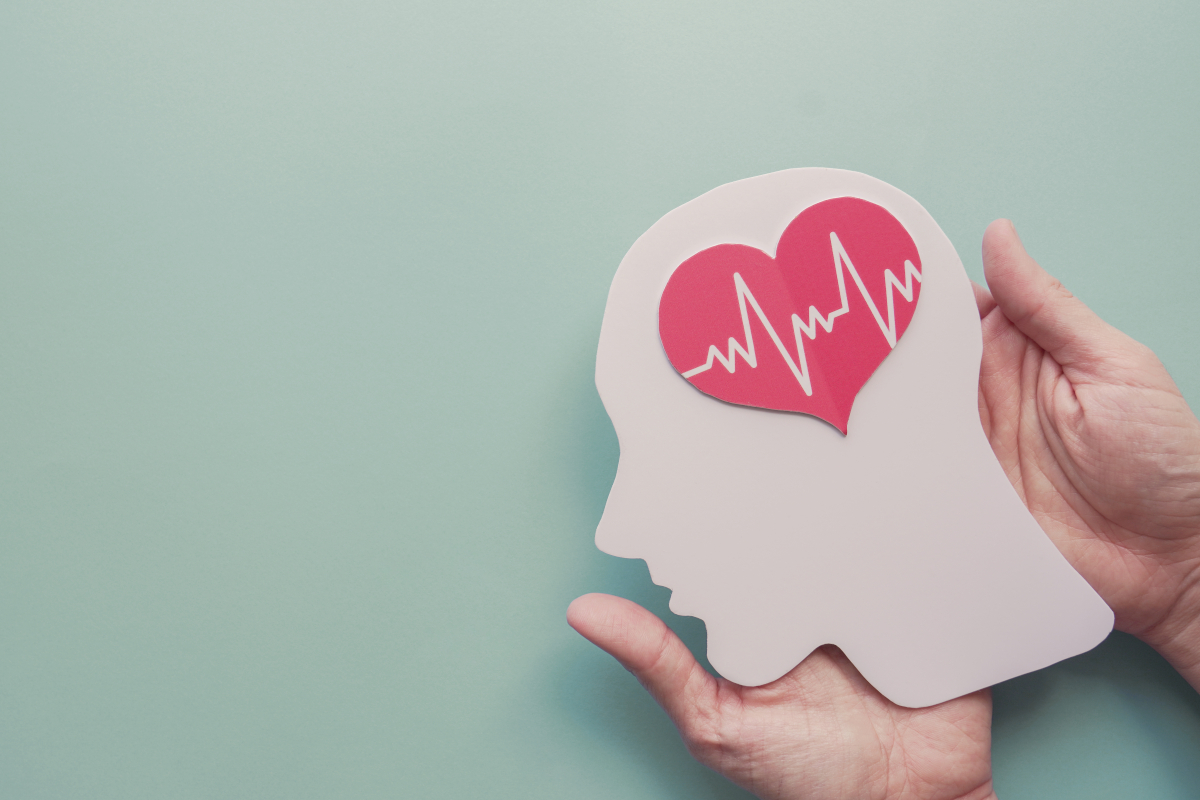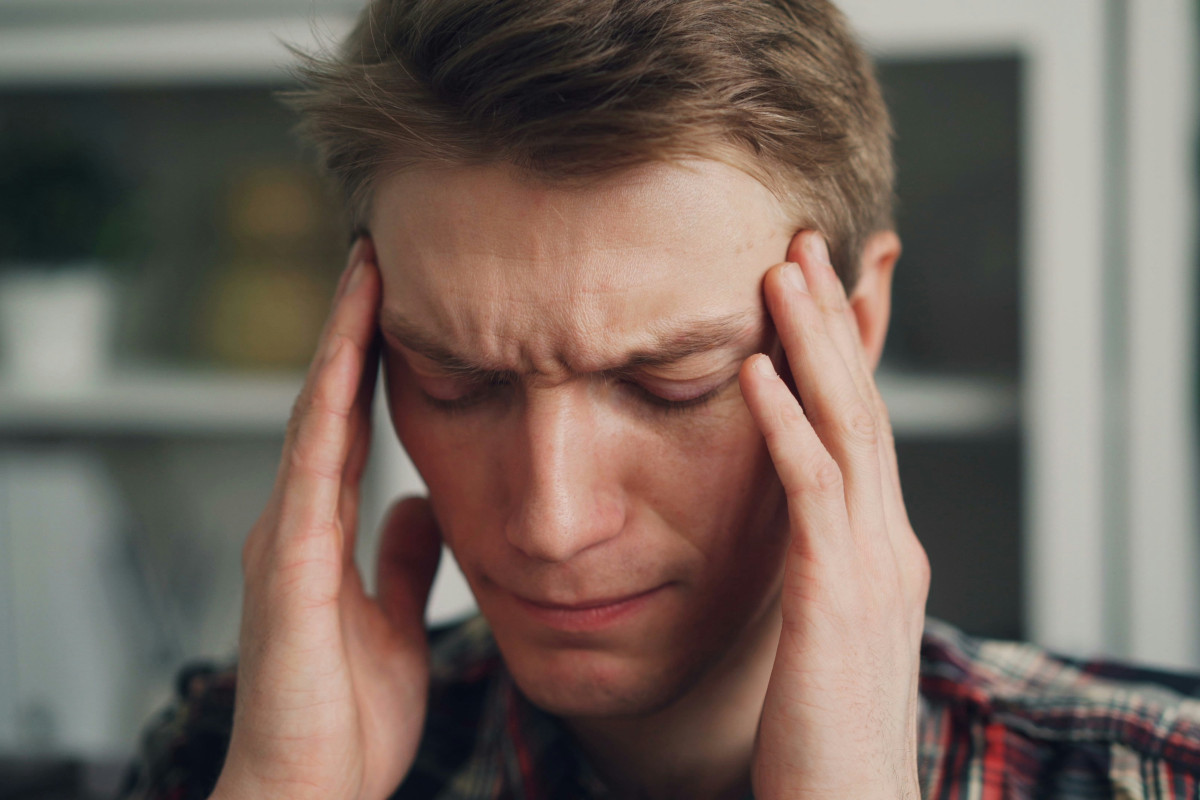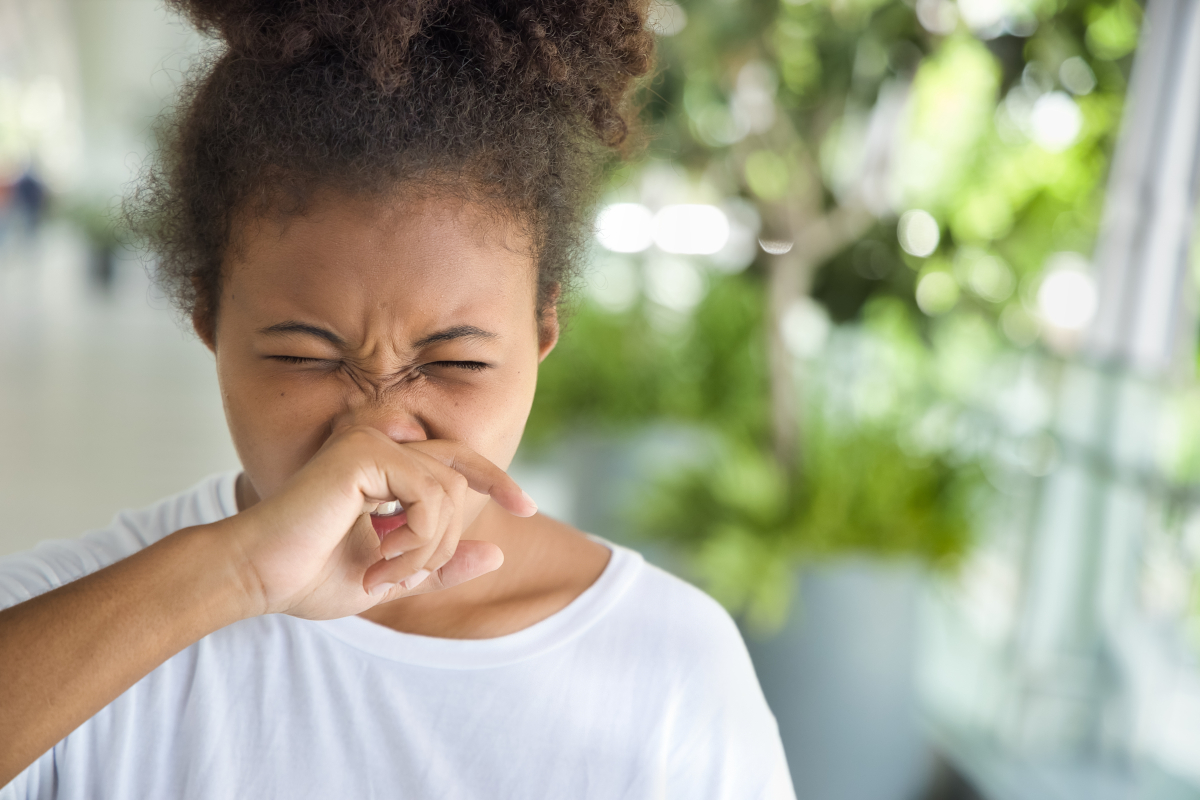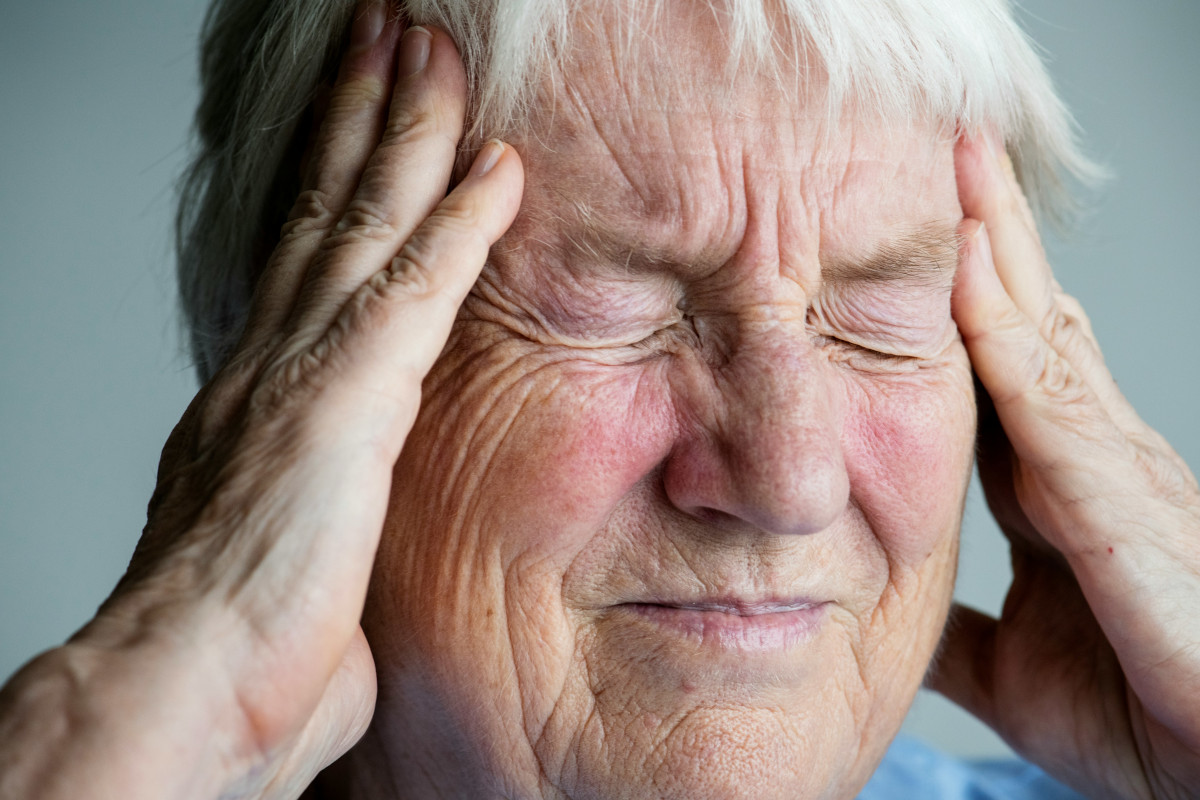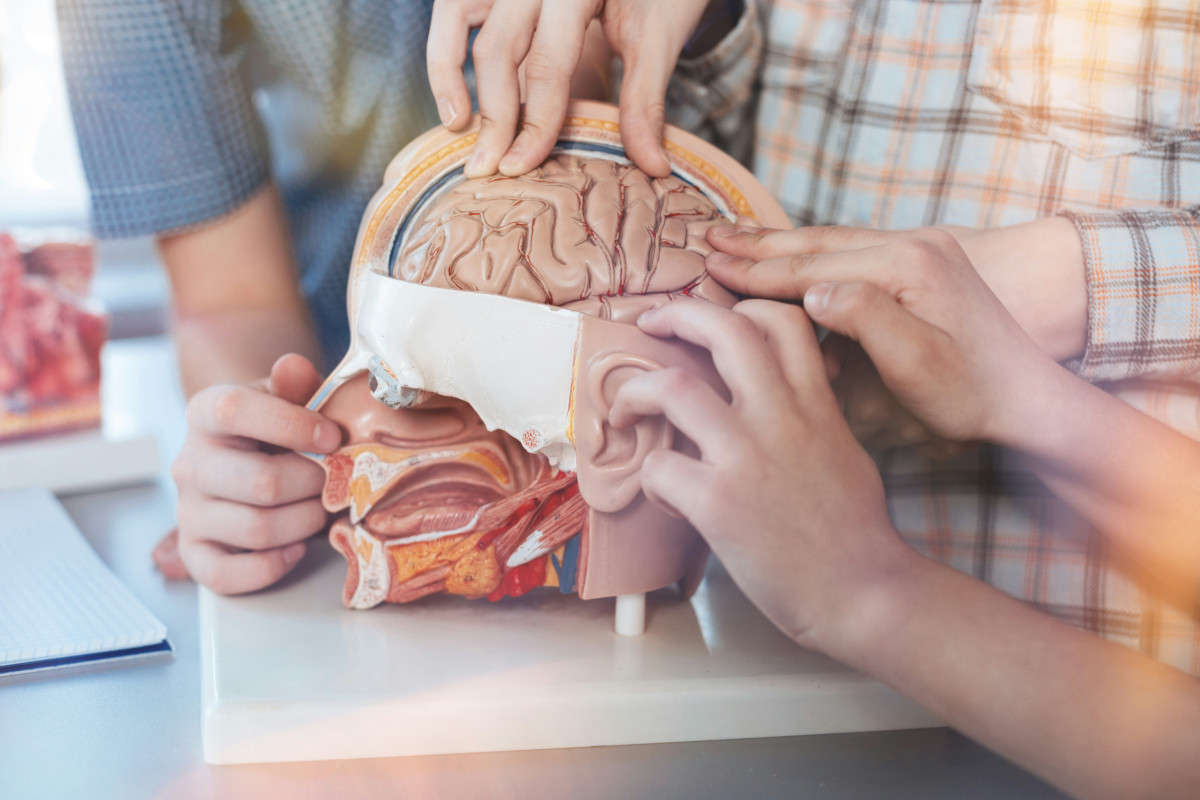“Progressive Muscle Relaxation”: tried and tested migraine prevention
The fact that stress is a key factor in the development of migraine attacks is undisputed and repeatedly backed up by research. In everyday life, it is clear that people with migraine who succeed in reducing or even avoiding stress can see a considerable improvement in their symptoms. However, this is often difficult to achieve in everyday life. So, how can it be done? Studies on this topic show that regular exercises for targeted relaxation can have a very positive effect here. One method which was specifically designed for this, and which has been successfully employed for some time, is so-called “progressive muscle relaxation”.
-
References
Bernstein, E.A., & Borkovec, T.D.: Progressive relaxation training: A manual for the helping professions, Champaign, IL: Research Press, 1973
Blanchard EB, Andrasik F, Neff DF, Arena JG, Ahles TA, Jurish SE, Pallmeyer TP, Saunders NL, Teders SJ, Barron KD, Rodichok LD. Biofeedback and relaxation training with three kinds of headache: treatment effects and their prediction. J Consult Clin Psychol. 1982 Aug;50(4):562-75. doi: 10.1037//0022-006x.50.4.562. PMID: 6749918.
Hyman RB, Feldman HR, Harris RB, Levin RF, Malloy GB. The effects of relaxation training on clinical symptoms: a meta-analysis. Nurs Res. 1989 Jul-Aug;38(4):216-20. PMID: 2664718.
Jacobson, Edmund: Progressive Relaxation, The American Journal of Psychology, Vol. 36, No. 1 (Jan. 1925), pp. 73-87, University of Illinois Press
Kropp P, Meyer B, Dresler T, Fritsche G, Gaul C, Niederberger U, Förderreuther S, Malzacher V, Jürgens TP, Marziniak M, Straube A. Entspannungsverfahren und verhaltenstherapeutische Interventionen zur Behandlung der Migräne : Leitlinie der Deutschen Migräne- und Kopfschmerzgesellschaft [Relaxation techniques and behavioural therapy for the treatment of migraine : Guidelines from the German Migraine and Headache Society]. Schmerz. 2017 Oct;31(5):433-447. German. doi: 10.1007/s00482-017-0214-1. PMID: 28364171.
Meyer B, Keller A, Wöhlbier HG, Overath CH, Müller B, Kropp P. Progressive muscle relaxation reduces migraine frequency and normalizes amplitudes of contingent negative variation (CNV). J Headache Pain. 2016;17:37. doi: 10.1186/s10194-016-0630-0. Epub 2016 Apr 18. PMID: 27090417; PMCID: PMC4835398.


